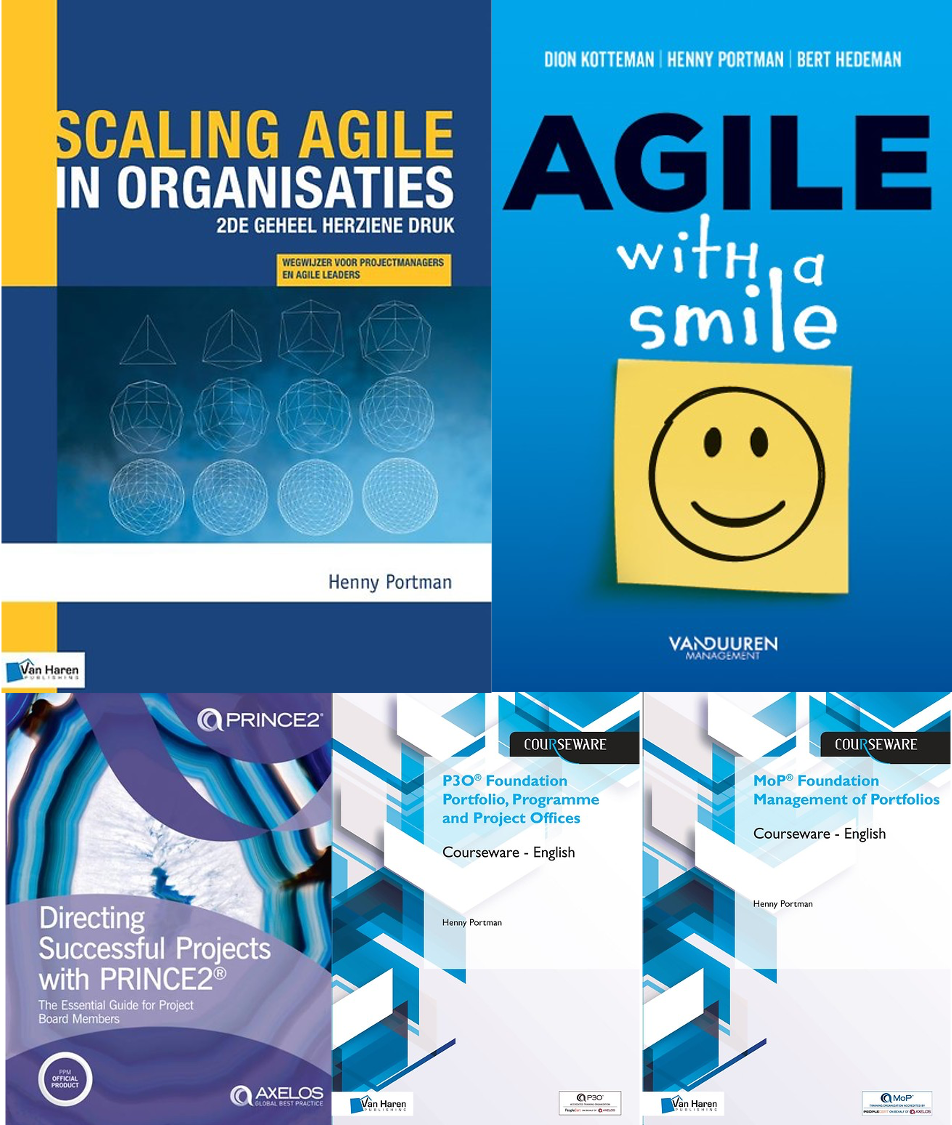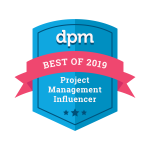A few weeks ago, I was for a three-day assessment training regarding the IPMA Project Excellence Model in Vilnius, Lithonia. For 3 days, by using action learning we familiarized ourselves with the Project Excellence Model. This model will be used to judge which large and mega-sized projects will receive the project excellence award.
 The Project Excellence Model (PEM) is described in the book Project Excellence Baseline for Achieving Excellence in Projects and Programmes. This Project Excellence Model is a great tool for continuous improvement of project or program management in your organization? It’s not a maturity model. The main purpose of the Project Excellence Baseline (PEB) is to describe the concept of excellence in managing projects and programs. It complements the IPMA Individual Competence Baseline (IPMA ICB) and the IPMA Organisational Competence Baseline (IPMA OCB).
The Project Excellence Model (PEM) is described in the book Project Excellence Baseline for Achieving Excellence in Projects and Programmes. This Project Excellence Model is a great tool for continuous improvement of project or program management in your organization? It’s not a maturity model. The main purpose of the Project Excellence Baseline (PEB) is to describe the concept of excellence in managing projects and programs. It complements the IPMA Individual Competence Baseline (IPMA ICB) and the IPMA Organisational Competence Baseline (IPMA OCB).
The book describes a project in its organization’s internal and external context. The concept of project excellence is based on continuous improvement (plan-do-check-act), the role of sustainability and the role of leadership.
The PEM model structure enables easy reporting of the outcomes on all management levels via three levels:
- Areas: The main components of the model: People & Purpose and Processes & Resources and Project Results
- Criteria: to enable detailed feedback about the levels of excellence on a particular project
- Examples: actual practices typically found in excellent projects.
 All three areas of the model strongly interact with each other. See the arrows in the figure. This means that none of the areas should be developed in isolation and each of the areas should be actively used to develop excellence in the remaining two. Due to interaction between areas the following business value can be secured: performance, effectiveness and efficiency, reliability, flexibility, continuous improvement, scalability and sustainability.
All three areas of the model strongly interact with each other. See the arrows in the figure. This means that none of the areas should be developed in isolation and each of the areas should be actively used to develop excellence in the remaining two. Due to interaction between areas the following business value can be secured: performance, effectiveness and efficiency, reliability, flexibility, continuous improvement, scalability and sustainability.
The People & Purpose area is divided into three criteria: A.1. Leadership & Values; A.2. Objectives & Strategy; A.3. Project Team, Partners & Suppliers.
The Processes & Resources area is divided into two criteria: B.1. Project Management Processes & Resources; B.2. Management of Other Key Processes & Resources.
The Project Results area is divided into four criteria: C.1. Customer Satisfaction; C.2. Project Team Satisfaction; C.3. Other Stakeholder Satisfaction; C.4. Project Results and Impact on Environment.
In a separate chapter the assessment of project excellence, the assessment process itself, the role and competences of project excellence assessors, the scoring approach and the project profile are described in detail. The project profile consists of three general scores, respectively for People & Purpose, Processes & Resources and Project Results. Examples of conclusions after assessing could be leadership driven projects with low process maturity, process driven project with low leadership and/or sense of purpose and, balanced projects combining great leadership and a strong sense of purpose with a strong process culture.
In the annexes you get a very detailed description of the Project Excellence Model and the scoring tables for the model areas and criteria. The last annex explains the IPMA Global Project Excellence Award assessment and its benefits for stakeholders, applicants and for finalists and winners.
Conclusion: Not only a book for assessors or applicants of the IPMA Project Excellence award but for project sponsors, project or program managers or PMO/Centre of Excellence staff too who can use it as a great tool for continuous improvement of project or program management.
To download: Project Excellence Baseline
Introduction to the Project Excellence Baseline
















Pingback: Recensie Vakblad Projectmanagement en agilemanagement (nummer 10) | Henny Portman's Blog
Pingback: Overview of my year 2020 book reviews | Henny Portman's Blog